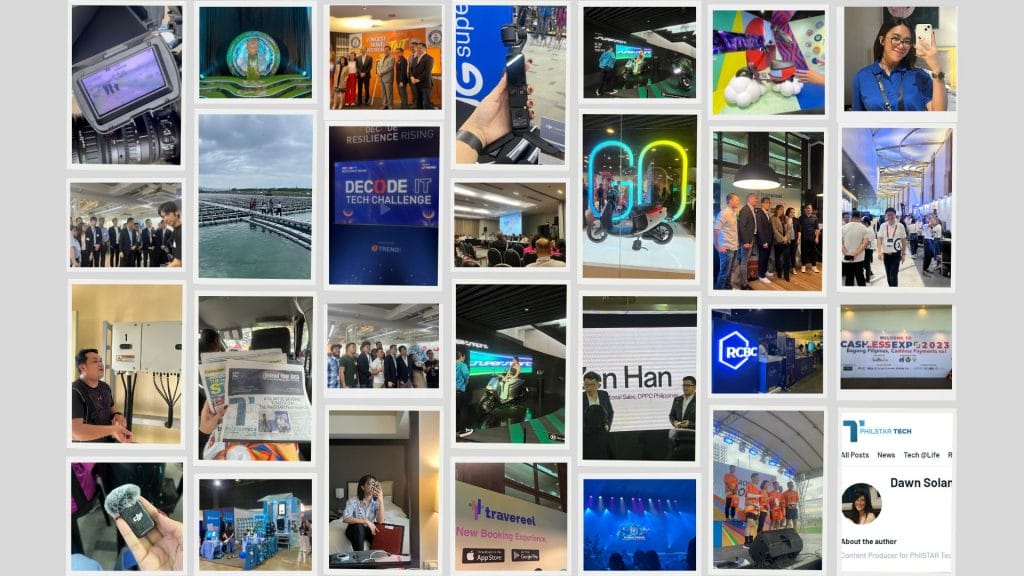Anything technology-related has always intimidated me, mostly because I am not good at it. Whenever I have trouble understanding a product manual, I call in my younger brother for help. But I knew I had to face the music at some point in my life. I just didn’t know it would be sooner than I expected.
As soon as I flew back to Manila after spending a month in Batanes, I started my first job at my dream newspaper. I cover all-things-tech: from devices, artificial intelligence, cybersecurity, smart agriculture, e-commerce, to trends in the world of internet.
I went to media events, press conferences, and press trips—to immerse myself in this “new” world, which we call tech journalism. Turns out, it’s not that new. It’s been here for a while now.
As a fledgling, I learned and unlearned things. There are a few things worthy of mention.
“You just review gadgets.”
In journ school, we were taught that we should keep simplicity and brevity in writing. As a tech reporter, I cannot stress this enough.
A lot of research on a device’s specifications and place in the market is done to properly write the review. And most of the time, the jargon we encounter cannot be written as is.
For one, a reader may still have to look up the meaning of oleophobic coating on Google, when we could have just laymanized the term to “anti-smudge.”
Moreover, we cannot just say something is “good” without showing you what makes it as such. All these attempts to write information in a language that is easily understood by the everyday man is not just for the sake of reviewing electronics. It is so that your hard-earned money won’t go to waste.
“You work closely with PRs.”
I will never forget what my editor said to me when it comes to engaging with public relation (PR) practitioners.He reminded me to be “friendly,” but not too friendly to the point where I become indebted to them. It is a reminder that I always take with me whenever I’m pursuing my stories.
To be honest, it took me a while to understand that, in order for me “to get a seat at the table” of these big media events, I need to keep a close eye on the PR contacts that I can count on.
So, do we work “closely” with them? Yes, sure. But there’s a line drawn to uphold journalistic principles such as truth and accuracy, impartiality, and independence.
Tech reporters, like every other reporter, should not compromise these principles in order to please certain groups or entities they’re covering.
It is helpful to steer clear of PR practitioners and other journalists who may just be alright with manipulating the truth.
A former professor of mine once said that an alliance between good journalism and honest PR can be formed if both parties see their common mission: today’s battle against disinformation.
A room for improvement in the world of tech journalism
The world of tech is the fast lane. Everyday, there is something new for humans to learn to use. As tech reporters, we are tasked to get the facts straight for everybody’s sake.
It seems common for tech industry professionals to go to YouTube, Reddit, and other tech blogs to find the latest trends on tech.
With that said, I see that there is a need for mainstream media to improve coverage of technology. Aside from the usual product reviews, tech journalism should deepen its discussions on new forms of technology, like in software development and cybersecurity.
Overall, I can say that I am getting comfortable in the shoes of a tech reporter. One or two of these observations may be premature because I know I’ve only covered a small portion of the deep and wonderful world of tech.
But I know I’ve gone from someone who can’t look at tech in the eye to someone who eats it for breakfast 130 days later…and counting.


